Podcaster Recho Omondi Is Fashion's Fearless Truth Teller
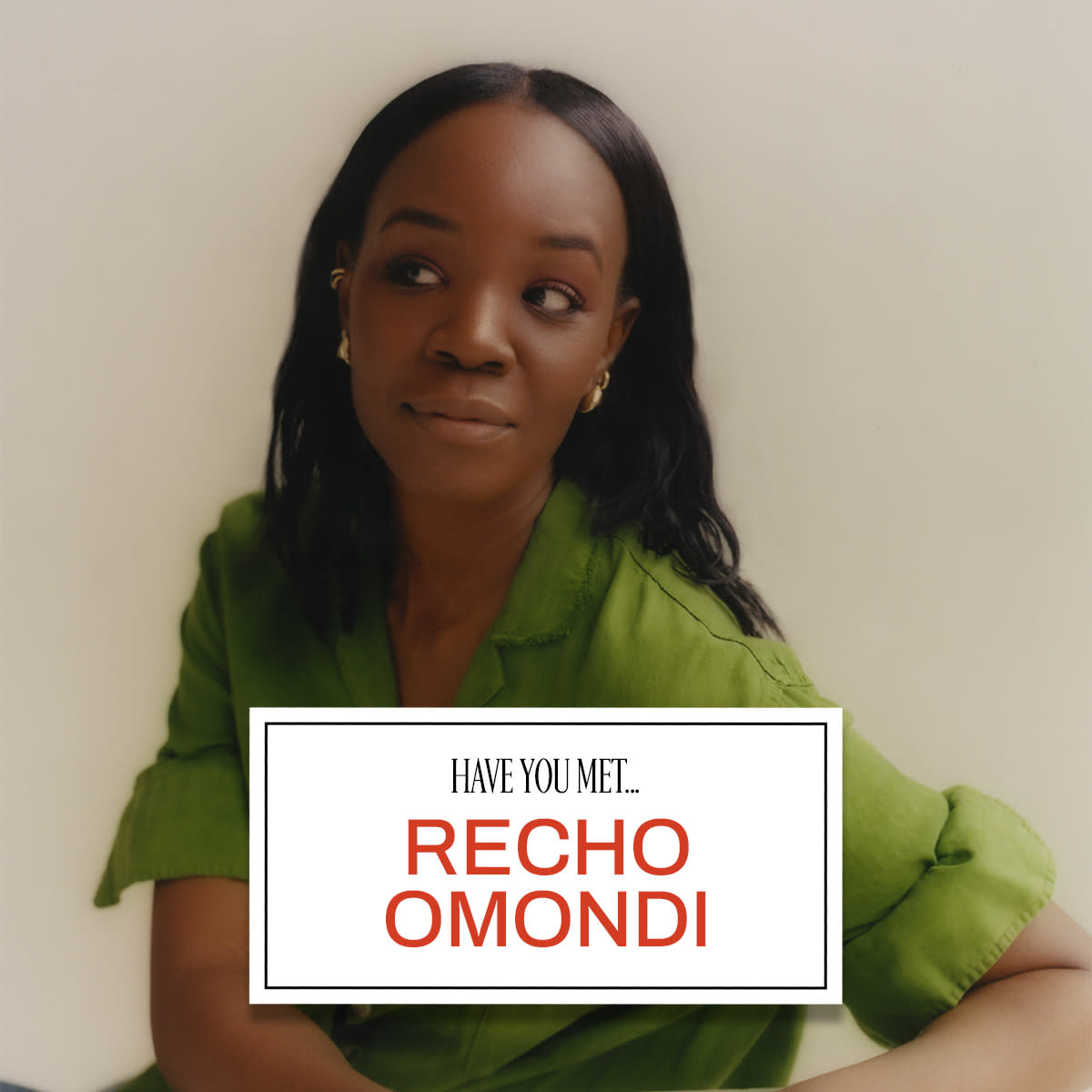
- Oops!Something went wrong.Please try again later.
Recho Omondi, host and creator of the fashion podcast "The Cutting Room Floor," invites people from all facets of the fashion industry onto her show to have frank conversations about the style business. Guests range from upper-echelon brand executives to behind-the-curtain product developers, and no topics are off limits, from criticism of luxury conglomerates to fashion nepo babies. Whatever is on the agenda, Omondi unapologetically dives head-in.
Her genuine and incisive interview style gets people talking. New-gen independent designer darlings Christopher John Rogers and Peter Do opened up about the downsides of rapid growth. Mickey Drexler, CEO of Alex Mill, creator of Madewell, and former chief executive at the Gap and J.Crew, explained why profits often trump products. YouTuber Luke Meagher, a.k.a. HauteLeMode, spoke candidly about fashion criticism—and lack thereof—in the social media era.
Not all episodes are inside-baseball deep dives into the business back-end: The Kenyan-American host recently welcomed Yasiin Bey onto the podcast, where the rapper formerly known as Mos Def spoke about the importance of sincerity in art and his disdain for the poppy, ear-worm songs you hear piped into chain retailers. As Bey put it: "The soundtrack of consumption."
Omondi wasn't always behind the mic. After graduating in 2011 from the Savannah College of Art and Design in the fashion design and pattern-making undergrad program, the Illinois native moved to New York to pursue a career in pattern-making at Theory and Calvin Klein, followed by the launch of her namesake ready-to-wear brand, Omondi, in 2014.
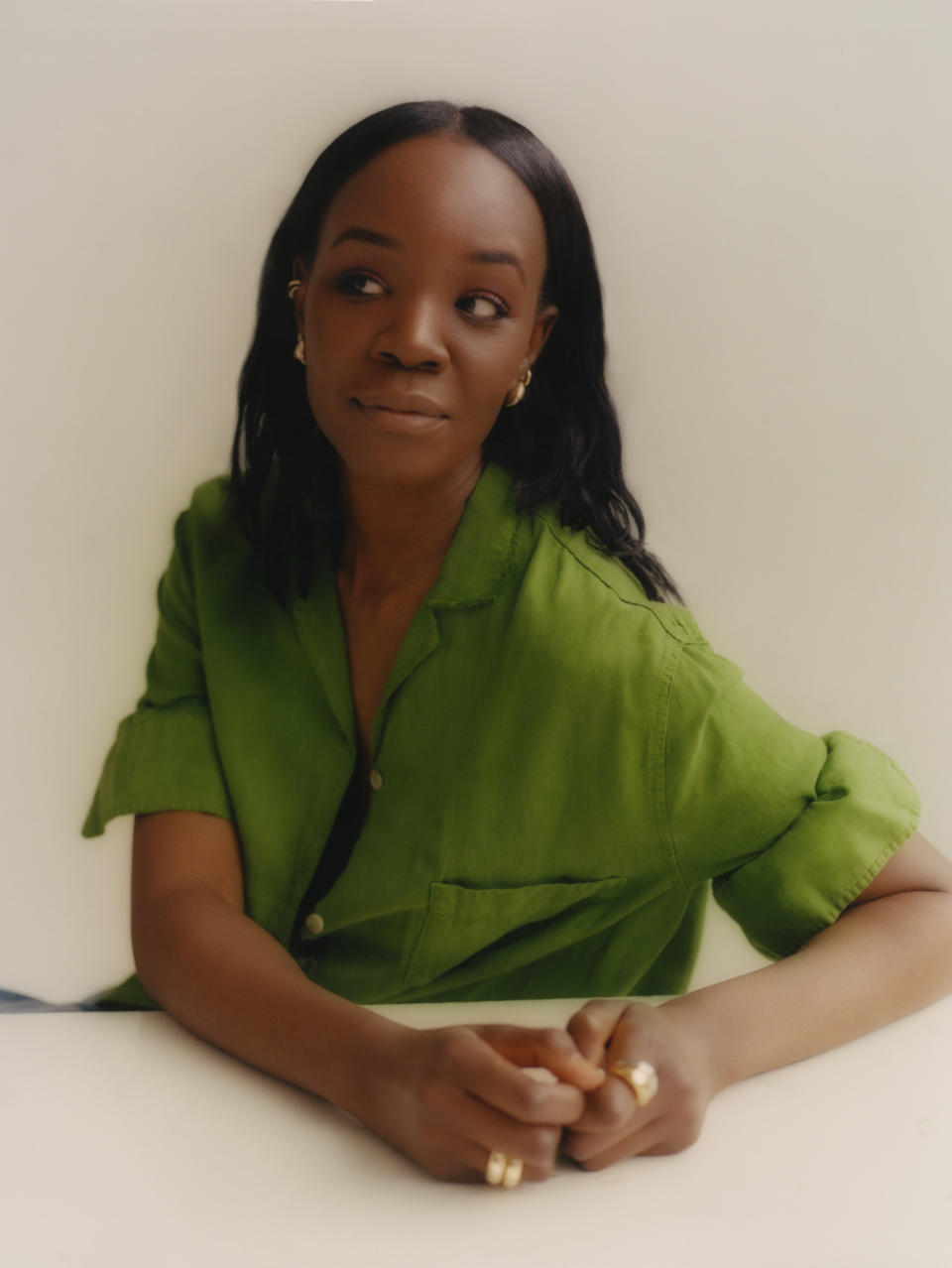
But four years into running her own company, she became demoralized by just how little the industry knew and appreciated what went into making clothes. "Magazine editors would ask me questions that showed they didn't [get the production side]. Stylists would ask why I didn't have extra samples [for photo shoots and red carpets]," Omondi says. "There wasn't a 360-degree comprehensive understanding of how the industry works—instead, everyone was operating in a silo."
Out of "frustration and angst," Omondi launched "The Cutting Room Floor" podcast in 2018 with the tagline "fashion's only fashion show" as a platform for candid conversations about working in the business. Plus, she had always loved the art of the interview—she often spent hours at the sewing machine during her college days, set to a score of interesting people answering questions on various YouTube channels and podcasts. "I didn't realize then that there would be any correlation with my career," Omondi says with a laugh.
She didn't intend to be podcasting full-time, but when the pandemic hit in 2020, Omondi dissolved her clothing brand and became a permanent fixture in the podcasting space.
On "The Cutting Room Floor," Omondi dismantles the outside illusion that fashion is glamorous and glossy. "Transparency is not always sexy," she says. "In some ways, the industry is built on dreams, to the detriment of people working there. To sell those dreams, you're tasked with upholding that image, even if you're struggling." Her program prides itself on presenting the industry for what it really is: messy, complicated, and a lot of work.
Though she's typically the one asking questions, Omondi swapped her host seat for Marie Claire's guest chair in the newest Have You Met installment. Ahead, she chats about her dream pod guests, why she tunes out fashion trends, and weighs in on her complicated relationship with the industry.
Marie Claire: How would you describe your personal style?
Recho Omondi: When I was younger, in my 20s, I consumed a lot more and interacted with fashion completely differently. I was more excited by the newness, brightness, and shiny things, so I participated more. But as I've matured—and I think this is just natural—I'm not as easily swayed by new trends and stuff.
Now, I'm definitely a uniform girl. I wear a derivative of the same three to four outfits, which all read as kind of the same. I truly have what every designer markets as the wardrobe: I have a core pair of denim and a few pairs of trousers in different cuts and brands that have very slight differences—but only I would know what the differences are for the most part. A sneaker, loafer, and Birkenstock that I wear every day; a heel that I wear when I need to wear those; T-shirts in white, gray, navy, black, and ivory; three or four great oversized sweaters. I have some core turtlenecks: one big and baggy, one slim and fitting; button-down shirts of varying colors; a thin belt to wrap it all together. It's not that exciting—It's really simple.
MC: As a "uniform girl," can you break down the outfit formula?
RO: It's a pair of denim trousers, either a COS sweater or a T-shirt, a thin belt, and either GH Bass loafers or my Adidas Samba.
MC: Is there one hero item that stands out?
RO: I have a pair of The Row’s Perseo denim trousers. I hesitate to reveal they’re The Row because I don't want people to think I'm rich, but I had to buy them. They’re flawlessly cut jeans. The fabrication is denim, but they're cut like trousers. That's an important distinction.

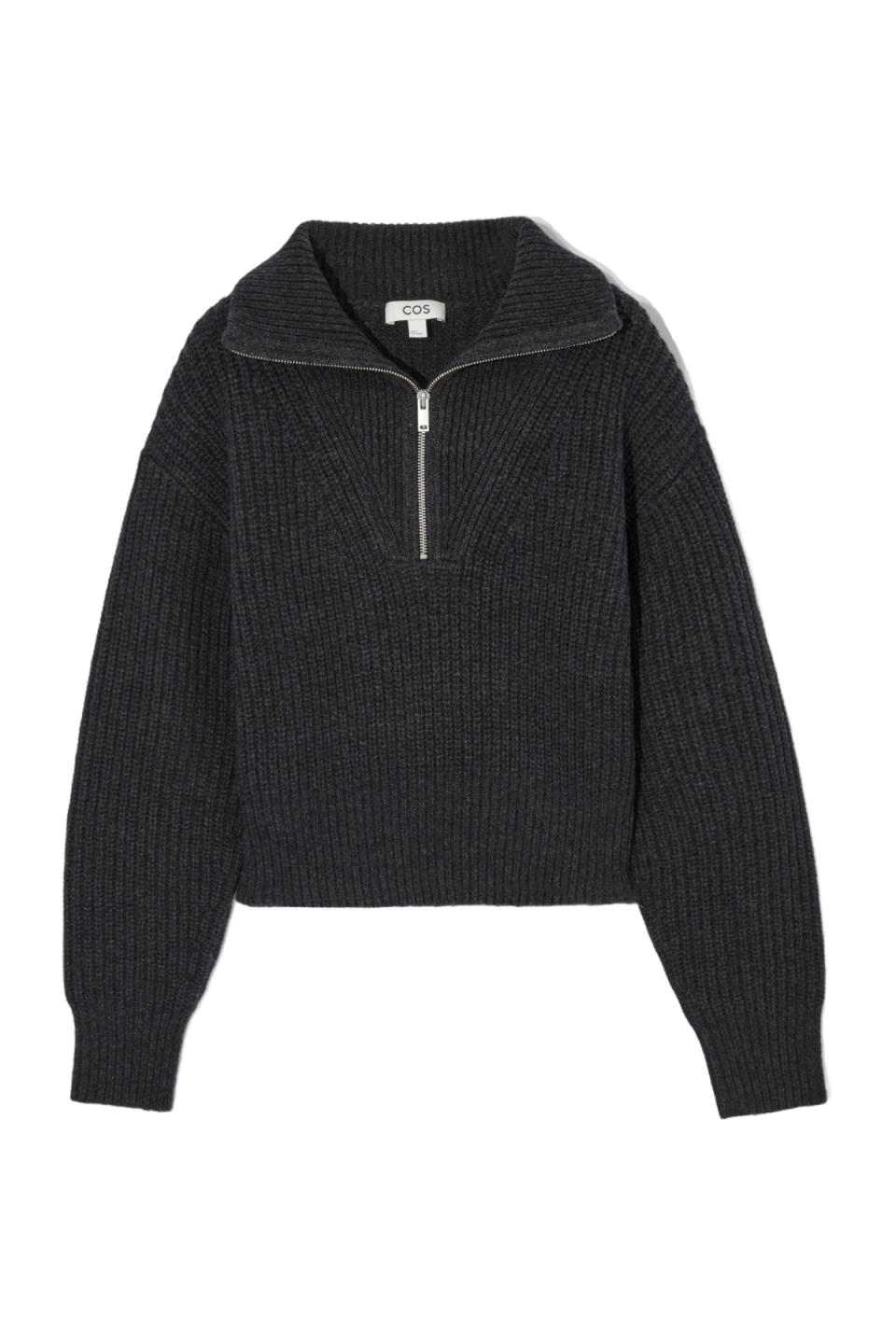
COS Half-Zip Funnel-Neck Wool Sweater
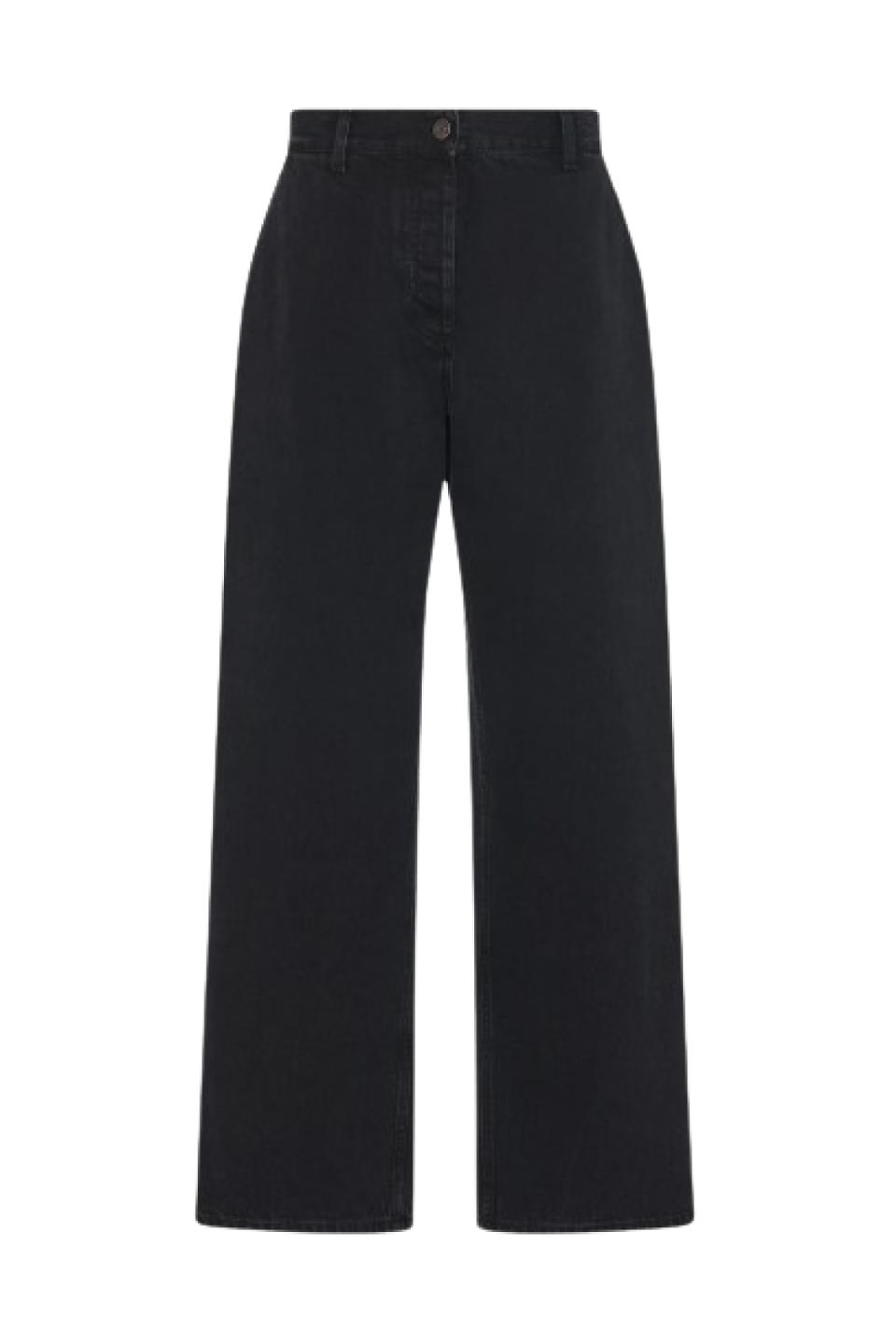
The Row Perseo Jean
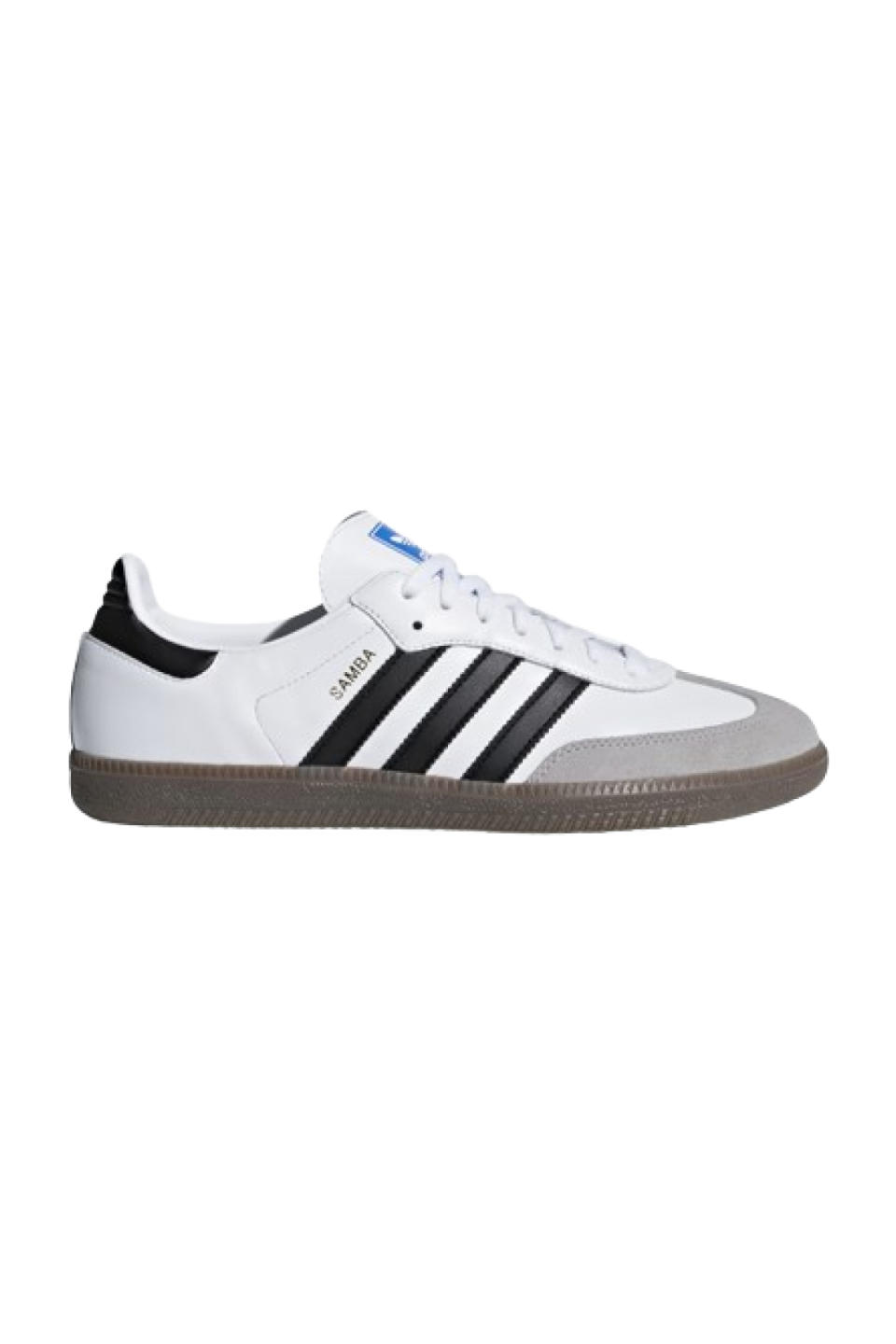
Adidas Samba OG Shoes
MC: How has your relationship with the fashion industry evolved, from your time as a pattern-maker to a designer and podcaster?
RO: My attitude now is to get in where you fit in. The industry exists at many different levels, and you have to figure out what works for you. The biggest misconception is that people think "fashion" is only luxury and high fashion, and that's the apex [of the industry]—that’s the place you need to aspire to get to and where you need to operate. I think that's a farce.
Everyone should examine their role in the industry outside of that context and that hierarchy. If you want to be a fashion journalist, it doesn't mean you have to work at Vogue. If you want to be a designer, that doesn’t mean you have to show at Fashion Week. When you look at it that way, there's room for so many different corners of the industry to exist. That's why I don't pigeonhole "The Cutting Room Floor" into one sector. It's very high and low, near and far. I'm down to talk to anybody in the fashion space, whether they work at a commercial or corporate brand or are independent designers. Everyone has a point of view.
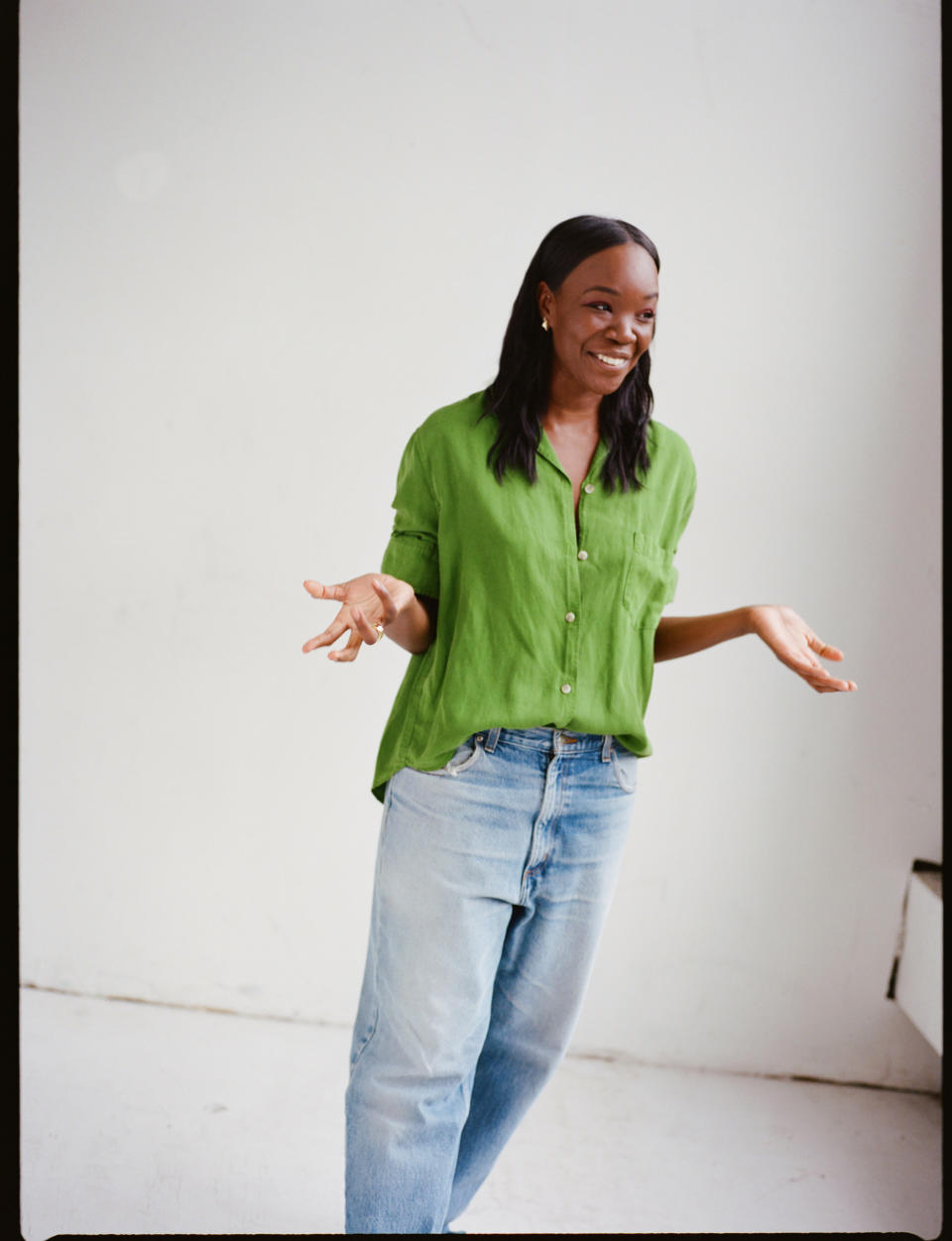
MC: Is there one piece of advice from an interview that really stuck with you?
RO: There are very few interviews, if any, where I didn't take something away. In that sense, I have an internal dialogue of every episode I've ever done constantly running in the back of my mind at all times.
Teri Agins, who covered the fashion beat at the Wall Street Journal for 20 years by herself, once told me that you can't argue with the driver while you're still in the cab. I thought that was really poignant. What she meant was to try and find [podcast] guests who are either solid in the business or totally out of it. Guests who don't have as much to lose anymore will most likely be the most open. It's much harder for someone to be candid when they're still up and coming or trying to make a name for themselves. You can't argue with the driver while you're still in the cab, [which is equivalent to the saying] you can't bite the hand that feeds you.

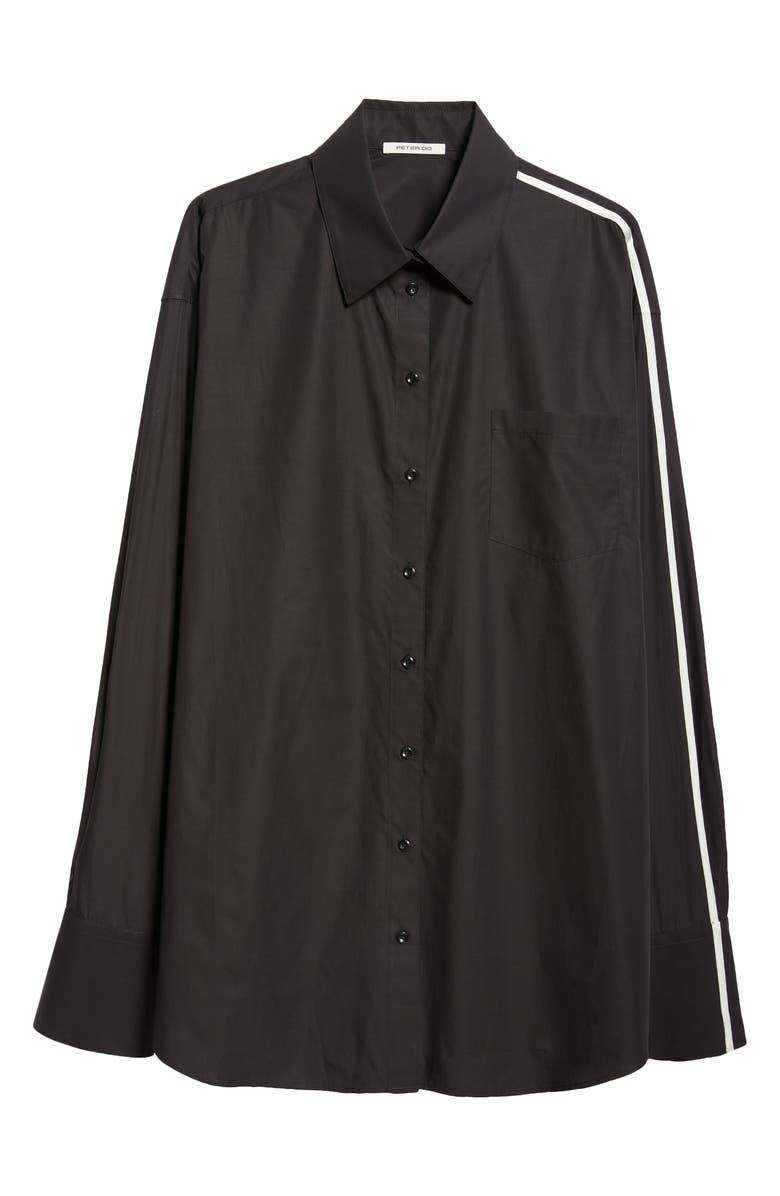
Peter Do Contrast Stripe Cotton Button-Up Shirt
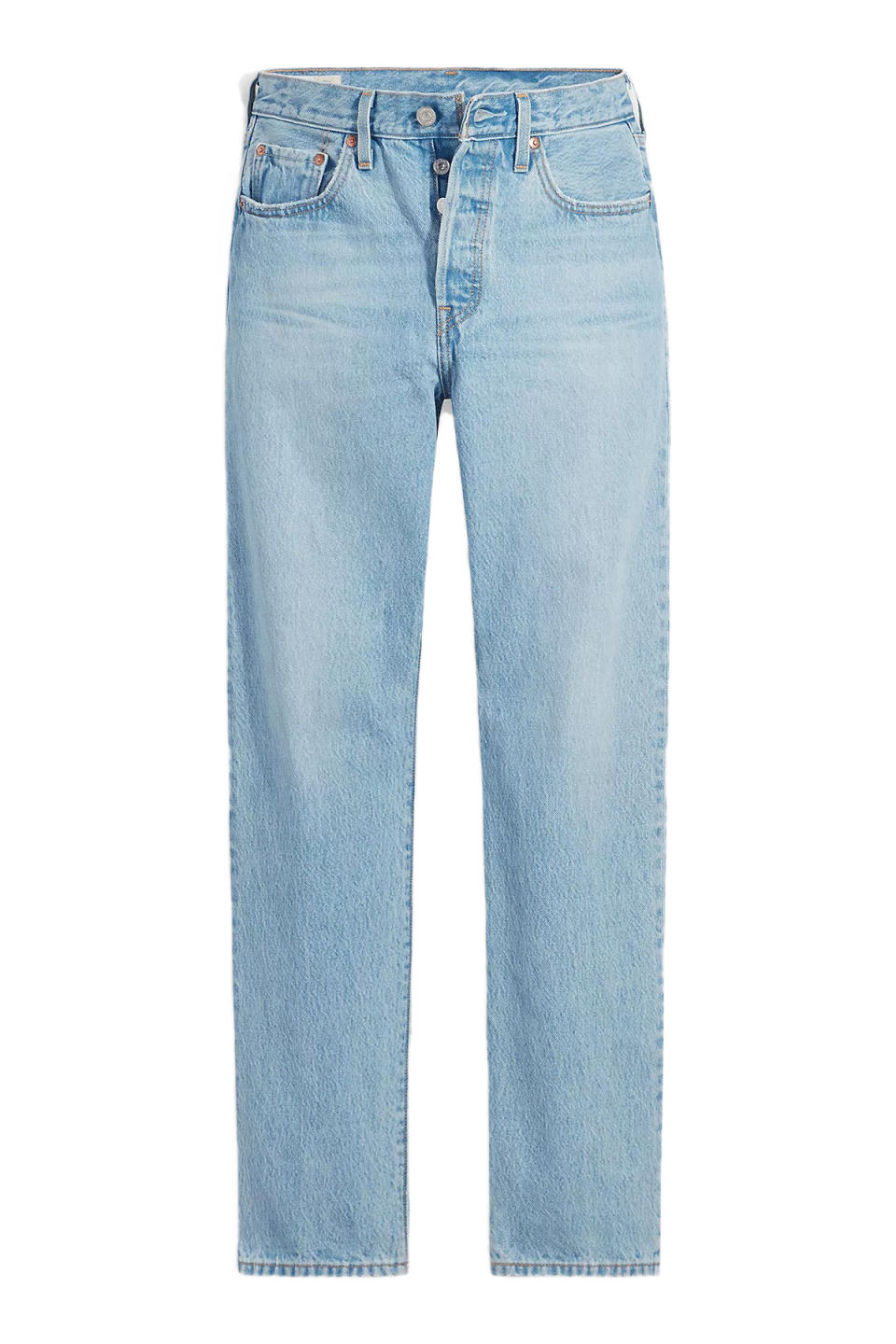
Levi's 501® Originals
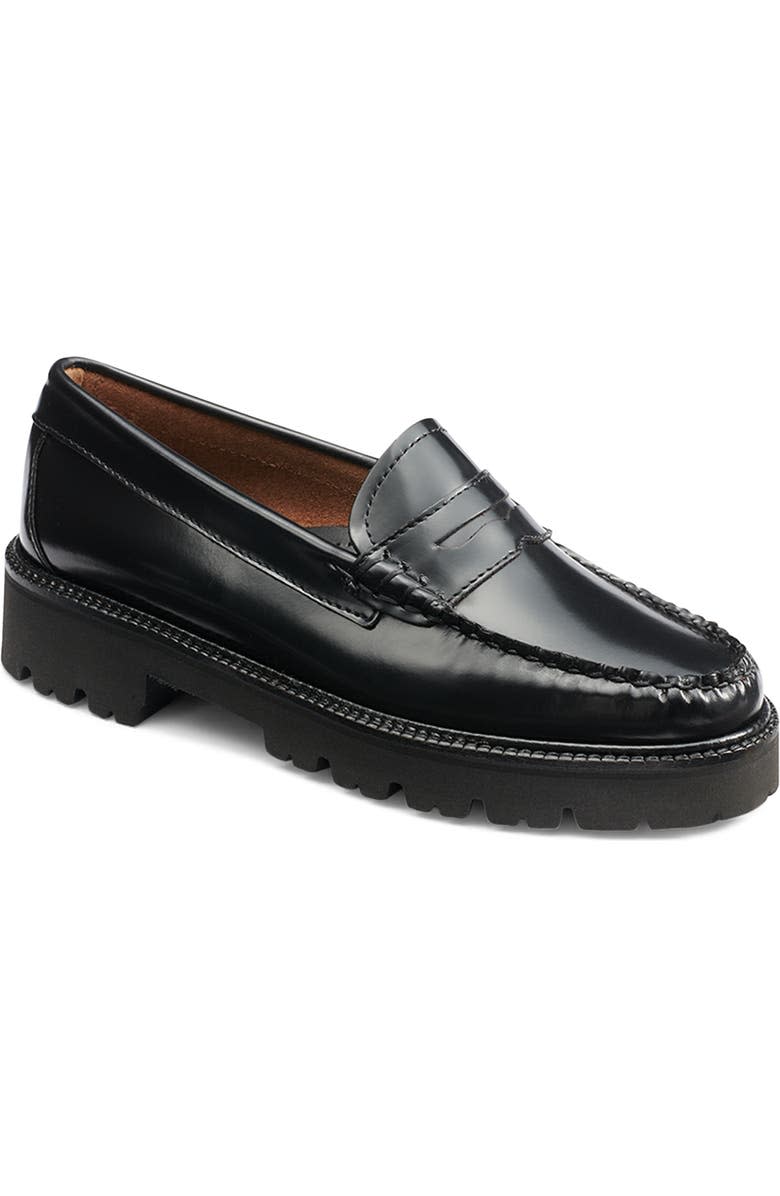
Whitney Super Lug Sole Penny Loafer
MC: Who are your dream guests?
RO: The irony of my dream guests is that many of them tend to be private people and typically deny a public profile—Phoebe Philo, for instance.
A dream interview guest would be the Olsen twins, but in many ways, it wouldn't be [my dream interview] because I know they wouldn't really be open. They probably would be very guarded, and rightfully so. But if, for whatever reason, the Olsen twins chose me for their once-in-a-decade interview, had some scoop they wanted to share, and were going to be open and feel safe, then they would be the dream interview. There's no point in having a dream guest if they don't come with the dream attitude.
MC: Anyone else who you think would come ready to chat?
RO: I'm dying to talk to Marc Jacobs because he's the king. I don't know if younger people realize that as much, but he's like a [fashion] God. I would really love to have three and a half hours with him. I also think Shawn Stussy would be an incredible interview.
A photo posted by omndi on
MC: What do you think fashion needs more of?
RO: It needs a lot more creativity and innovation.
MC: What's a fashion buzzword you don't want to hear again?
RO: "Collaboration" which is really just two logos sharing the same space.
MC: Do you have a fashion-related pet peeve?
RO: I wish everyone would get this right—navy is not blue. It's in the blue family, but it's not blue. To do navy right, it should look closer to black. I want to squint my eyes and not really be sure if it's black—to me, that's the perfect, proper, sophisticated navy. It looks like ink, and you only really catch it in the sunlight. The dark blue that people mistake for navy feels very commercial and cheesy to me. That is where you separate the men from the boys. Comme des Garçons and Jil Sander do it well.

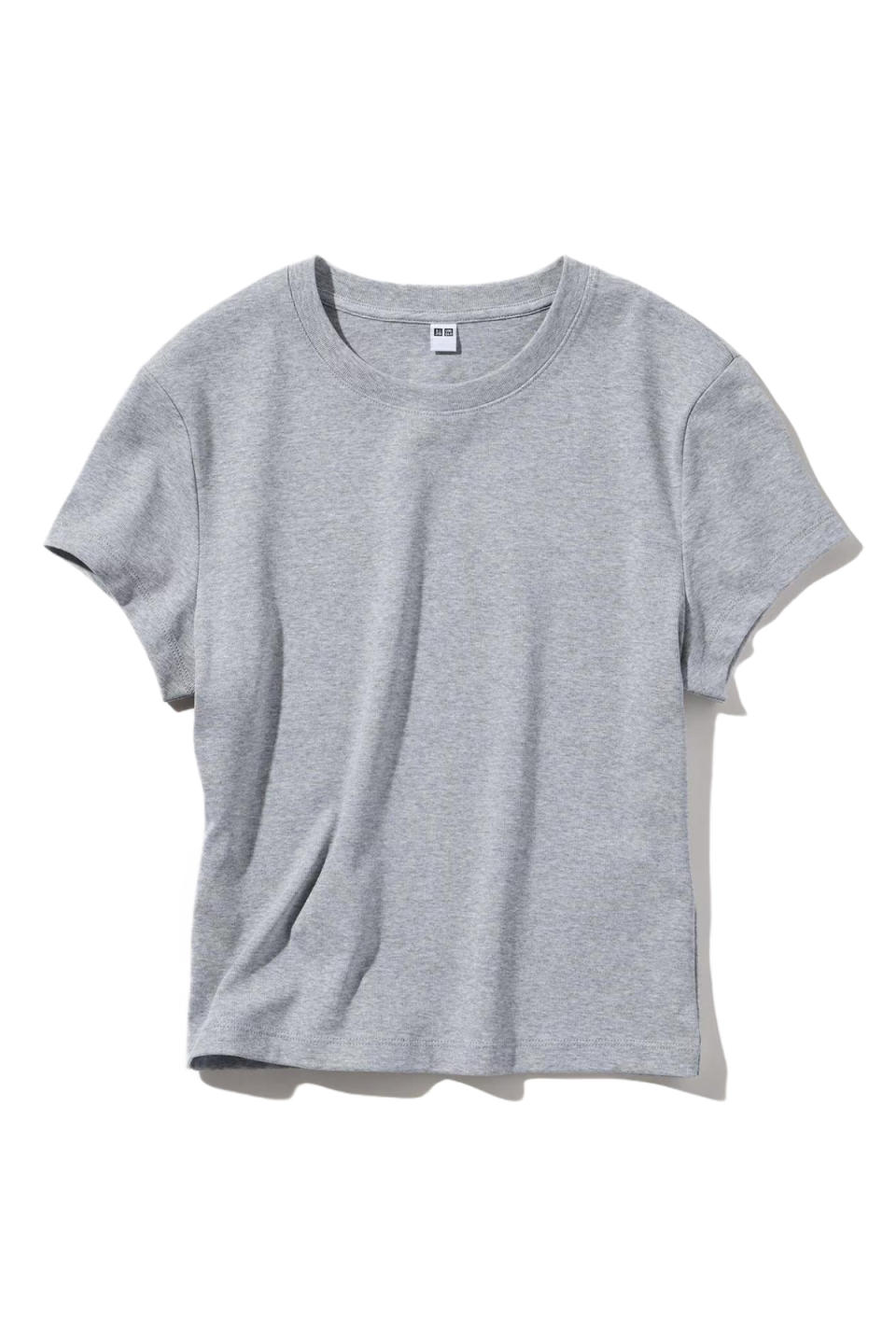
Uniqlo Mini Short Sleeve T-Shirt
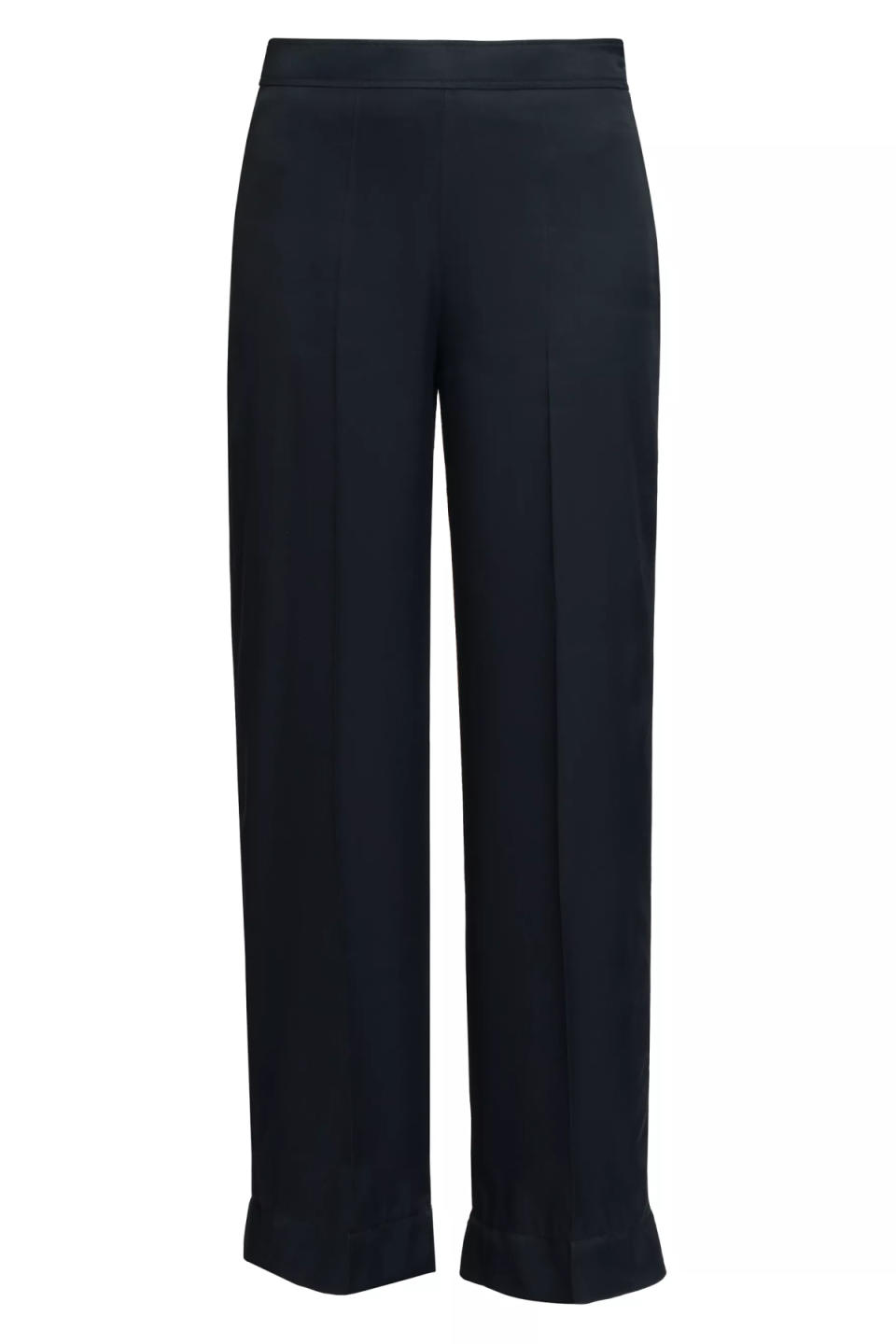
Jil Sander Straight-Leg Trousers
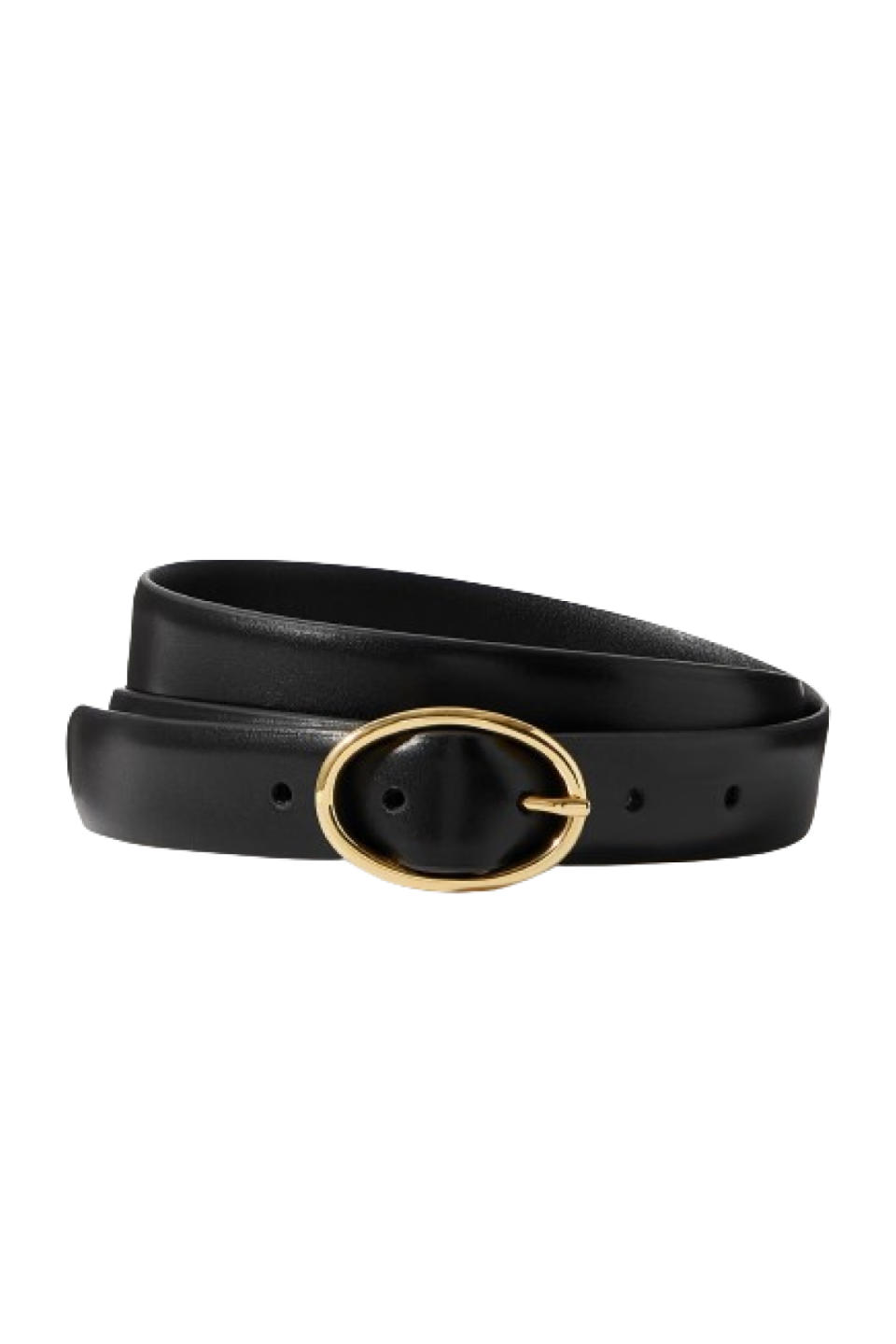
Anderson's Leather Belt
MC: What are you watching?
RO: I just watched the Nickelodeon exposé Quiet on Set.
MC: What are you reading?
RO: Right now, I'm reading a great book, Never Split the Difference by Chris Voss, who was a hostage negotiator for the FBI for 20 years. It's helped me a lot in my interviewing skills. He basically provides ways to sharpen your soft skills, negotiate, ask questions, and get the answers you want while making people feel comfortable. I don't know if it's meant to be used for the art of interviewing, but that's how I'm using it.
MC: When was the last time you felt inspired?
RO: The last time I got excited was with Pat McGrath's makeup for Maison Margiela. I think the entire industry kind of took an audible gasp. That makeup was theater. It makes you ask questions of, How did they do that? It was innovative; it was storytelling. It was fantastic. That's the runway show that people miss. That is what's missing from fashion.
In our Have You Met series, we get to know stylish creatives, changemakers, and founders.

